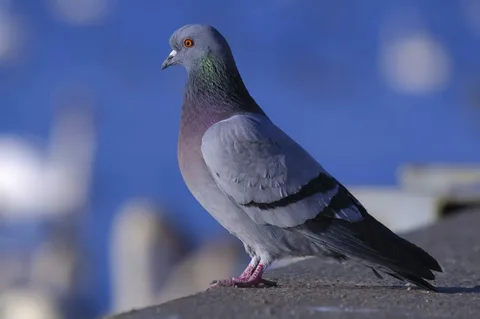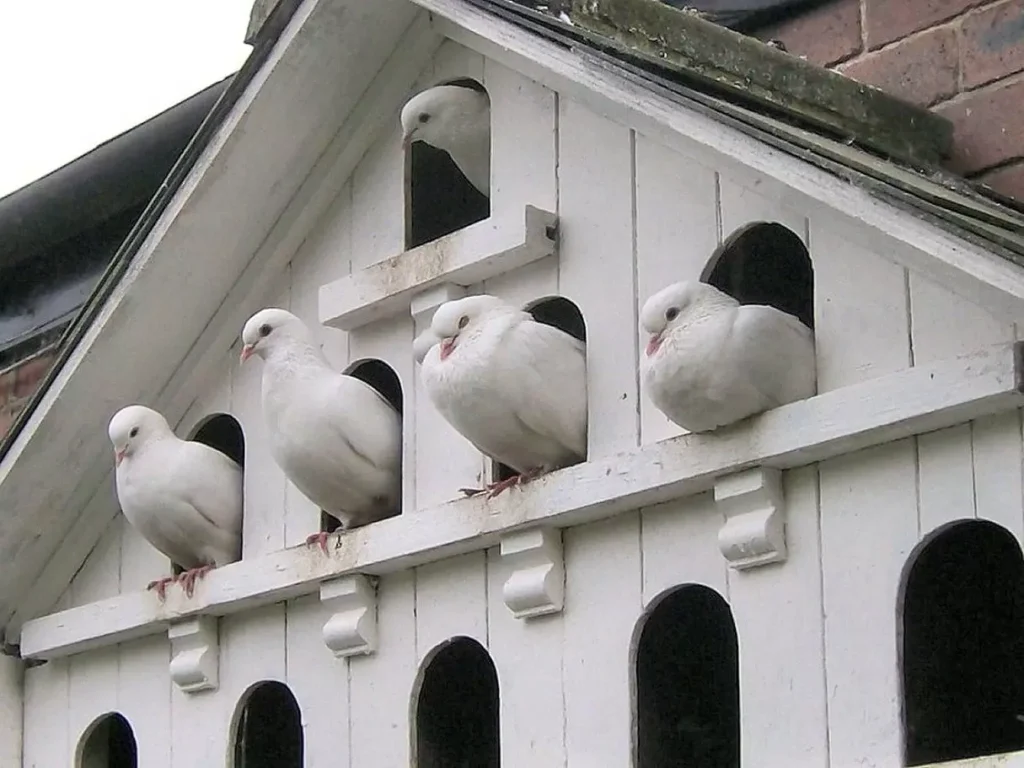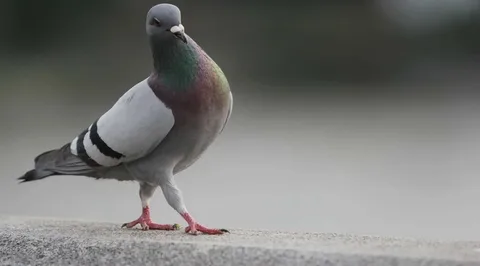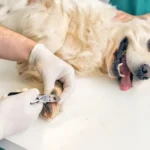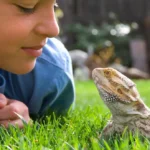Each spring and summer, well meaning Texans discover squeaking balls of fuzz alone on the ground that seem stranded. These petite bundles are likely orphaned Texas pigeon baby, also called squabs or squeakers. While alarming to find, with dedicated care these overlooked creatures can thrive.
This expanded guide covers all aspects of temporarily parenting lost Texas pegien baby from assessment to fledging. By implementing proven techniques used at wildlife rehabilitation centers, you too can experience the satisfaction of empowering nature’s next generation of flyers. The techniques discussed can be applied to caring for other species of pegien baby as well, but the focus is on baby pigeons commonly found in Texas. Proper nourishment and socialization are key to helping orphaned pegien baby survive until ready for release.
Evaluating of Pigeon Baby Need for Assistance:
If you encounter a seemingly lone squeaker, take time to carefully evaluate before intervening. First, check the immediate area for 30 minutes. Parent pigeons often leave squabs well hidden under eaves while foraging nearby. Only remove the squeaker if the area remains desolate after half an hour.
Next, gently examine the baby. Lift it by applying firm but gentle pressure under each wing, never by the leg joints which remain weak. A malnourished squeaker may have thinning feathers and sunken eyes/limbs indicating dehydration. Check for wounds, parasites like mites or lice, and weigh daily using a small postal scale.
Pigeon babies at one week old should weigh around 40 grams, doubling to 80 grams by two weeks. Underweight babies averaging less than 35 grams require special supplemental warming and more frequent hand feedings. Babies at a healthy weight often simply need temporary shelter while parents continue caring for them nearby unseen. Only intervene if a squeaker appears clearly stranded based on the criteria above.
Establishing Ideal Housing for Pigeons Baby:
Beginning wildlife caregivers may feel overwhelmed by the many housing options for baby birds. A cleaned shoebox with air holes and paper towel lining proves a suitable starter home for most newly rescued squeakers.
Within two weeks, transition squabs to a larger cage, dog kennel or outdoor brooder with mesh walls. Cover enclosures part time at first, especially at night, for warmth retention. Place roosting perches around 12-18 inches high to practice balancing.
Many caretakers fashion cozy nursing “nests” using ceramic plant saucers or plywood circles at a 45° angle. These cradled areas allow baby pigeons to snuggle together safely when unsupervised.
For privacy and quietude, house squabs separately from recovering adult birds who may transfer illness. Clean enclosures thoroughly twice daily with warm water and a mild soap like Dawn, rinsing and drying well. Disinfect water and food bowls weekly.
Mastering Proper Nutrition for Orphaned Baby Pigeons:
Transition new arrivals gradually onto Kaytee Exact hand-feeding formula or Zupreem baby bird powder mixed to a honey like consistency using warm water. The first critical weeks demand feedings every 1-2 hours around the clock.
Hand feeding with a 1 or 3cc syringe gently administered to the corner of the squeaker’s open mouth teaches proper self feeding motions. Ensure the creamy mixture coats their crops which feel like small tight balloons when full. Bulging crops signal satiation, never discomfort or illness.
At 3-4 weeks, gradually mash whole seeds into a paste to toughen developing crops in preparation for independence. Supplement seed mush feedings with warm formula as the norm. By 5 weeks, most squeakers can self feed from shallow seed dishes for 10-12 hours between supplemented feedings.
Wean cautiously by 6 weeks when feathers cover the body completely. Monitor weights and keep providing small amounts of seed paste or chick starter crumbles to aid fledgling development. Weak or underweight babies may require hand feeding longer until robust at expected weights.
Gentle, Low Stress Handling Builds Trusting Relationships:
Initially avoid stressing young squabs by keeping human socialization short, calm and loving. Examine squeakers weekly by gently clasping their undersides with cupped hands, being ever mindful of fragility. Express faecal sacs after feedings until able to evacuate on their own.
Injuries demand swift yet delicate treatment. Clean wounds with warm water and apply antiseptic ointment, keeping injuries dry and clean. For parasites, use approved medications only as directed under guidance of veterinary experts. Reduce anxiety in hospitalized squeakers through close sibling housing and familiar reassuring voices.
Once feathers cover bodies fully around 5 weeks, gradually accustom squabs to longer periods of human socialization and examination. However, always let the baby bird set the pace and signal when comfortable by ceasing defensive behaviors like hissing or attempting escape. Positive conditioning establishes trust essential for wild survival instincts.
Preparing Baby Pigeons for Release into Natural Habitats:
By 6 weeks, foster squeakers’ bodies achieve adult proportions even if still fledging. Overnights outside in sheltered aviaries introduce adolescent pigeons to natural temperatures, sounds and predators under watchful care.
At about 8 weeks, baby pigeons achieve 99% fledging feather coverage with ample practiced flight within large flight cages. Their crops develop to process whole seeds independently. At this crucial point, conduct “soft releases” by giving fledglings access to wooded neighborhoods near familiar structures over successive days before full dispersion.
This staged process integrates juvenilebirds back into the wild gradually while allowing ongoing nourishment from wildlife caregivers. Most youngsters easily rejoin flocks after fledging given these helpful interim support systems. With patients guidance, lost Texas squeakers receive a fighting chance to one day lead happy, productive lives within nature’s circle.
FAQs:
Q: How to take care of a baby pigeon at home?
A: Keep the baby in a dark, quiet place indoors, in an enclosed or covered container.
Q: What can I feed a baby pigeon?
A: small-sized pellets
Q: Can baby pigeons survive without their mother?
A: they cannot survive without them.
Conclusion:
Caring for orphaned Texas pigeon babies is both a responsibility and a privilege. By following the guidelines discussedfrom proper housing and feeding to socialization best practices lost squeakers receive the assistance needed for a healthy start. Individual effort put towards nurturing stranded young birds go a long way towards maintaining thriving feral pigeon populations in communities across the Lone Star State. With compassion and commitment to the process, any caregiver can make a difference for orphaned pigeons baby.

Hi, I am Mick Andrew. I am a teacher and a blog writer since 2017.


